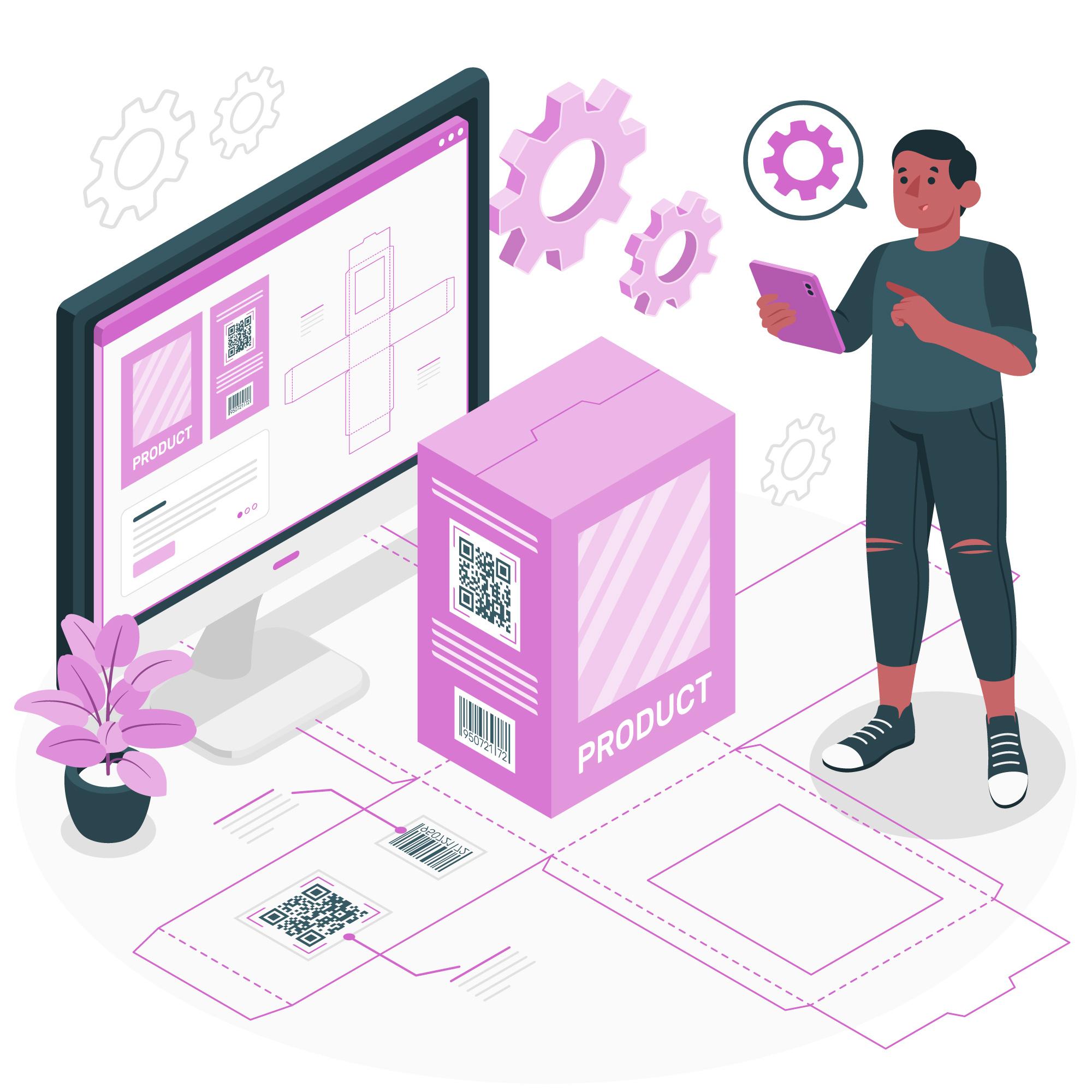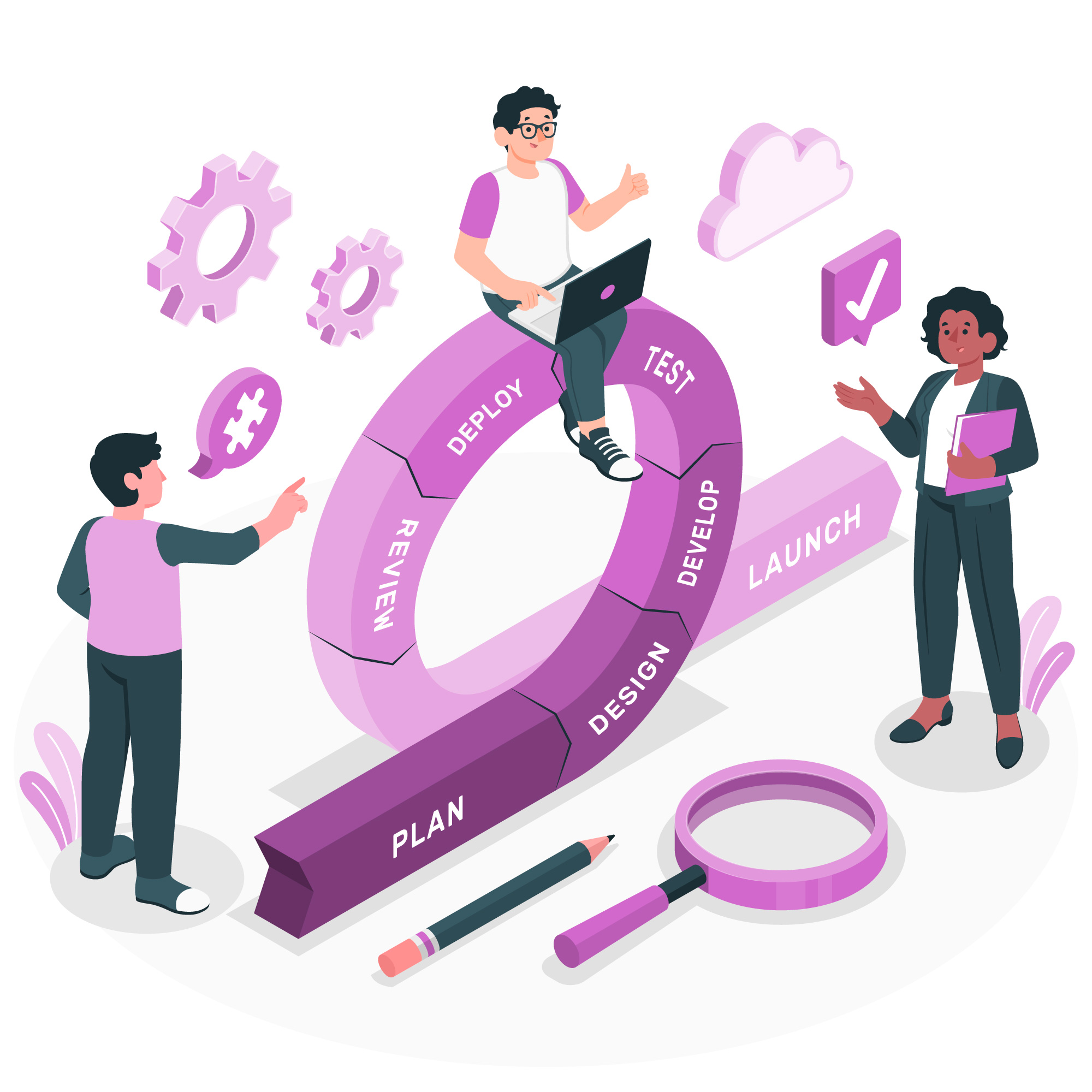What is the MVP version of an application?
The Minimum Viable Product (MVP) is a simplified version of an application that includes only the key features necessary to test the project’s assumptions. MVP allows developers to evaluate whether the core idea behind the application meets its objectives before committing significant financial and time resources to developing the full version.
Key Features of MVP
- Basic Functionality – MVP focuses on essential elements that enable users to experience the core value of the application. For example, in the case of a training application, the MVP might include a single training module or a simulation of a specific scenario.
- Usability – Even with limited functionality, the MVP must be a fully operational product that allows users to achieve their intended goal. This ensures that the application’s assumptions are both practical and appealing.
- Rapid Development – Creating an MVP takes significantly less time than building a full application. This allows for quick testing of the concept in real-world conditions without months of development work.
- Resource Optimization – MVP development requires fewer financial and time resources, enabling efficient use of available assets. This approach reduces the risk of investing in the full application before its value is validated.
- Source of Valuable Feedback – The MVP gathers user feedback on the initial features of the application, helping to shape the further development process according to real needs and expectations.

Benefits of Building an MVP
- Validation of Assumptions – MVP development allows for quick verification of whether the key elements of an application, such as functionalities or operational mechanics, align with project goals. For instance, a training application MVP can test whether a specific training scenario is effective and user-friendly.
- Resource Savings – By focusing investments on the most critical parts of the application, MVP development avoids costly efforts on features that may ultimately fail to deliver expected outcomes.
- Faster Testing – Launching an MVP in the market or internal tests enables quicker data collection, aiding in the iterative process of creating the final application version.
- Application Refinement – User feedback from the MVP provides valuable insights into which functionalities to expand, improve, or potentially exclude from further development.

Summary
The MVP strategy allows for testing application assumptions with minimal effort. With an MVP, developers can verify whether essential features fulfill their purpose, minimize investment risk, and better plan the full product’s development.
MVP is not only the first step in application development but also a tool for making informed design decisions based on real data and user experiences. It ensures a solid foundation for further development, paving the way for a more refined and successful application.
Want to learn more about creating an MVP? Schedule a free consultation!


